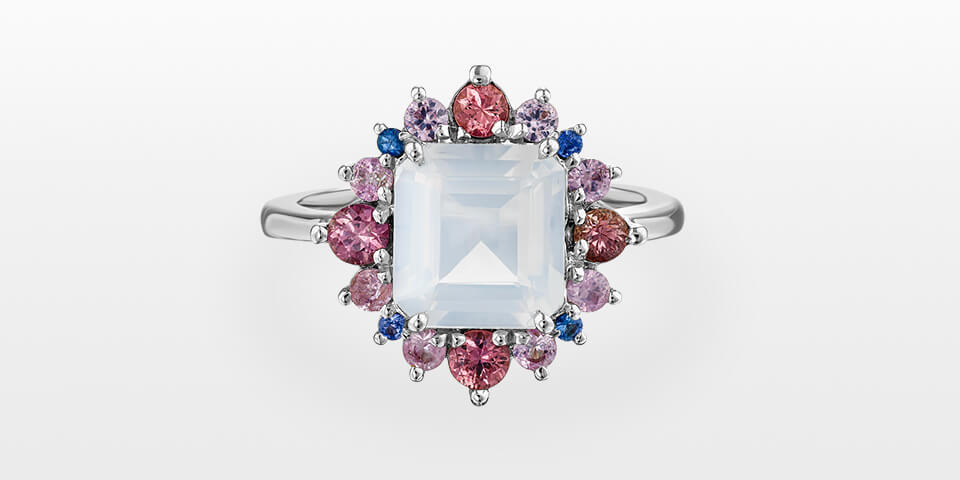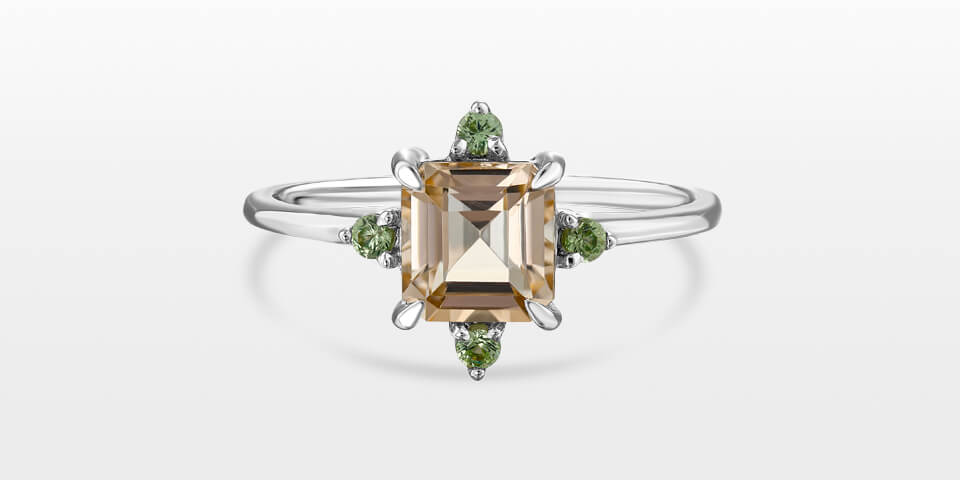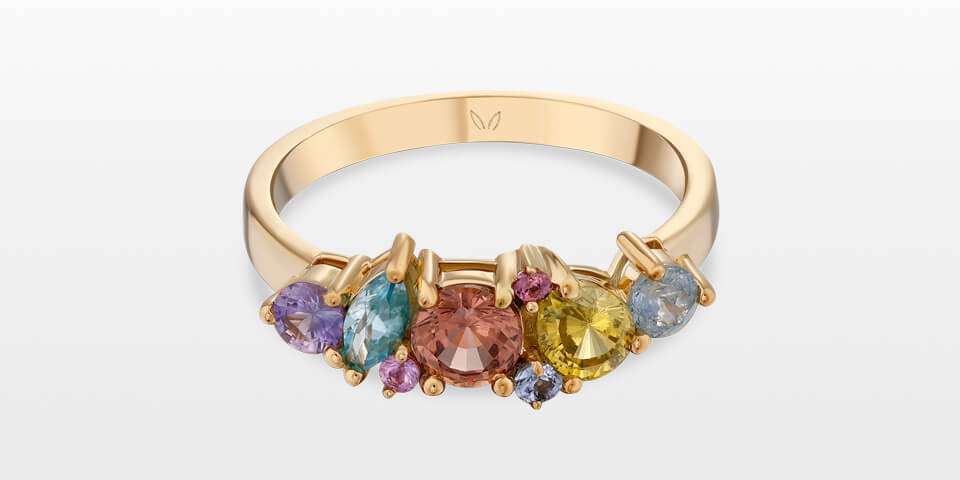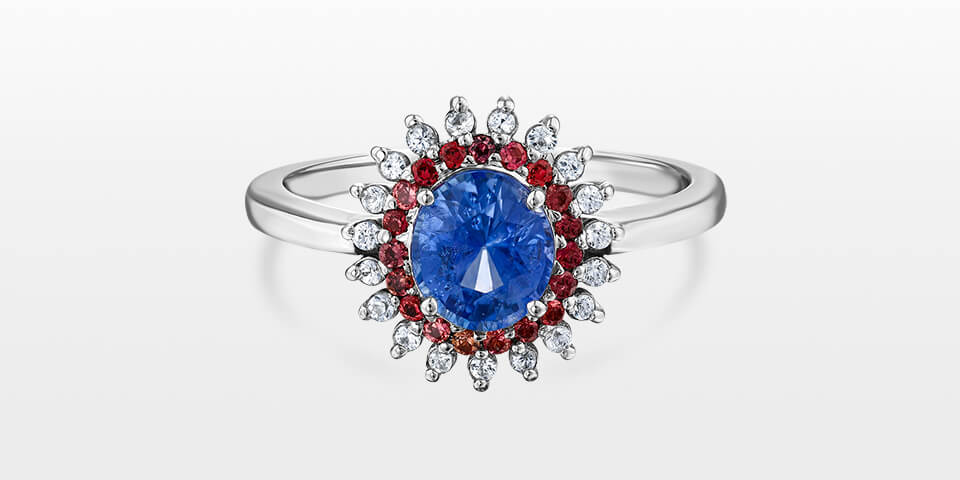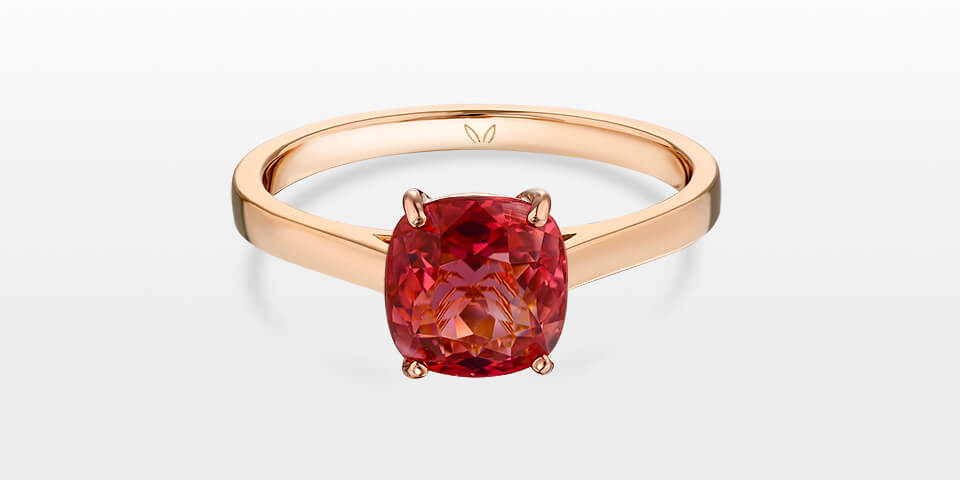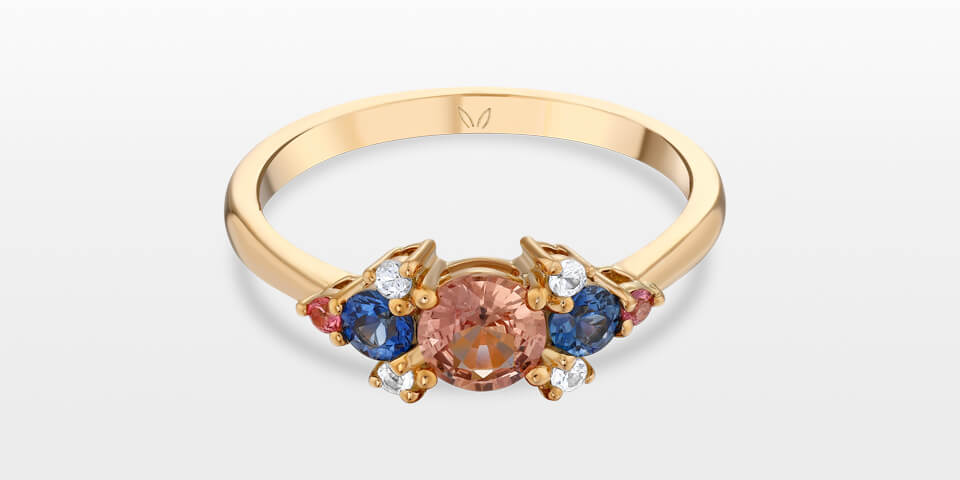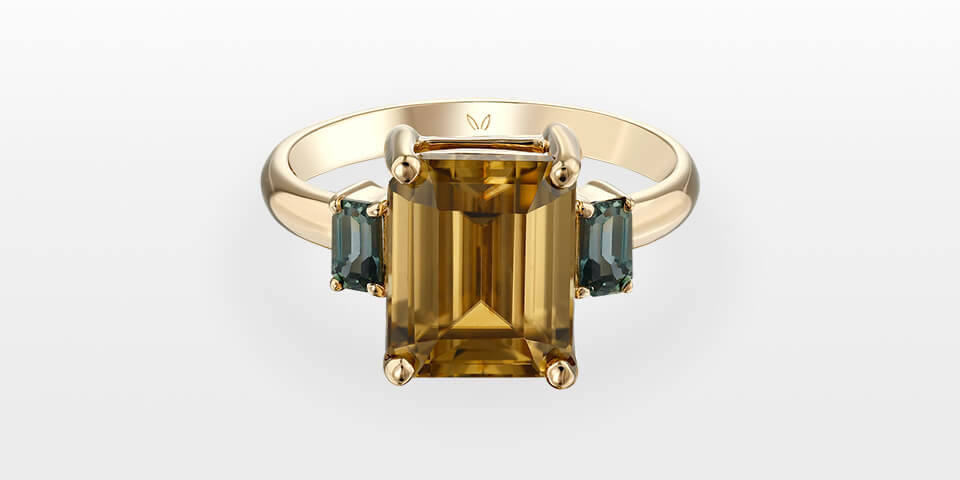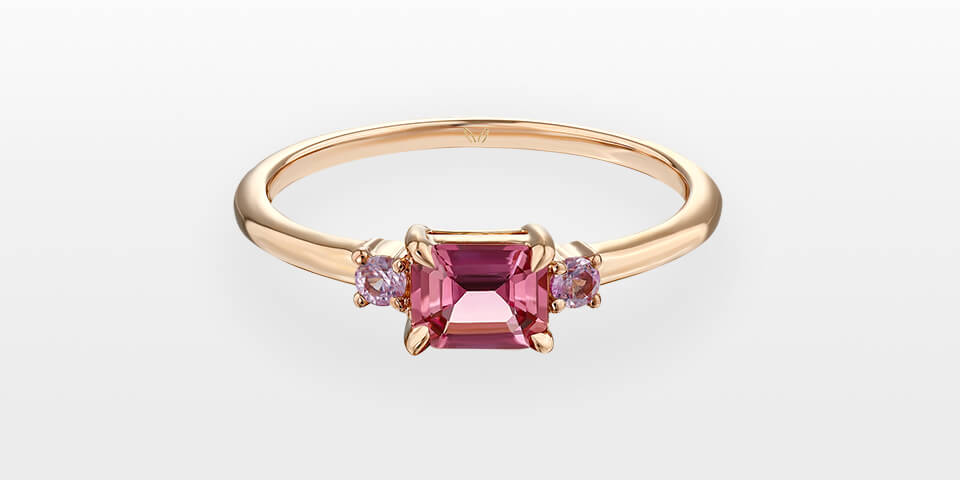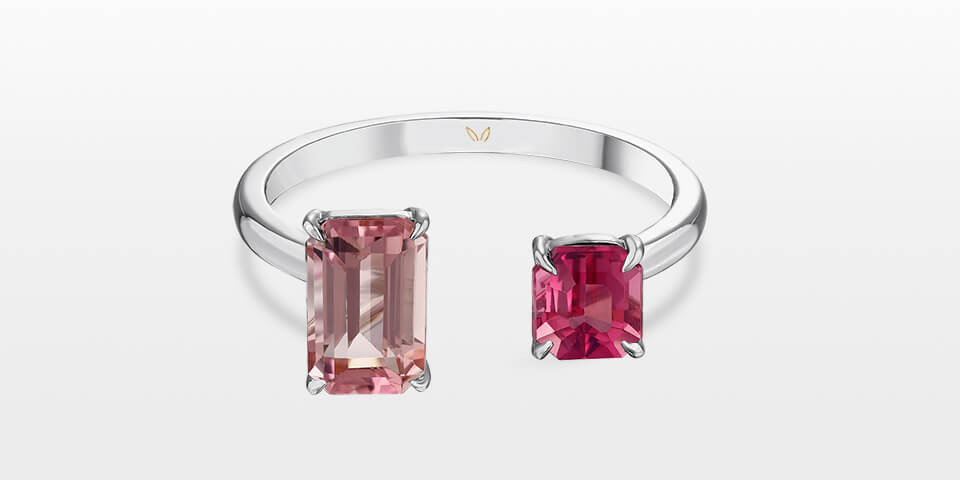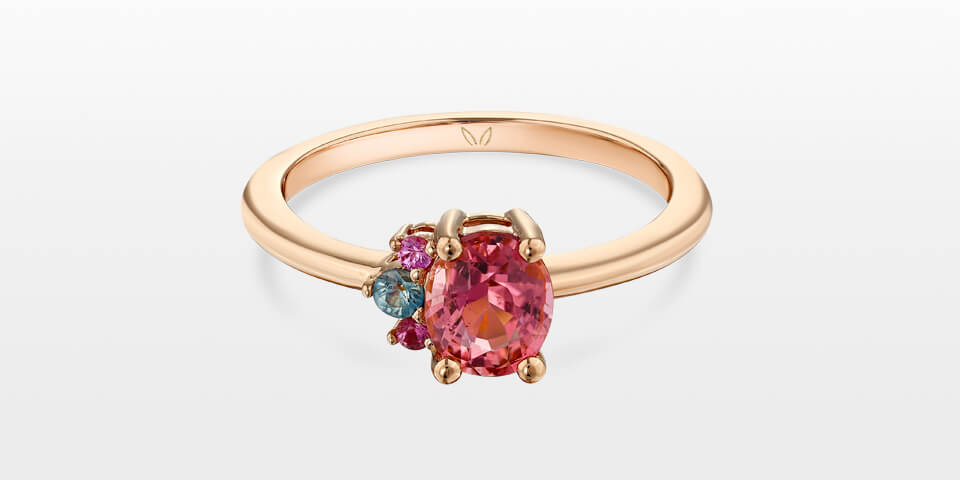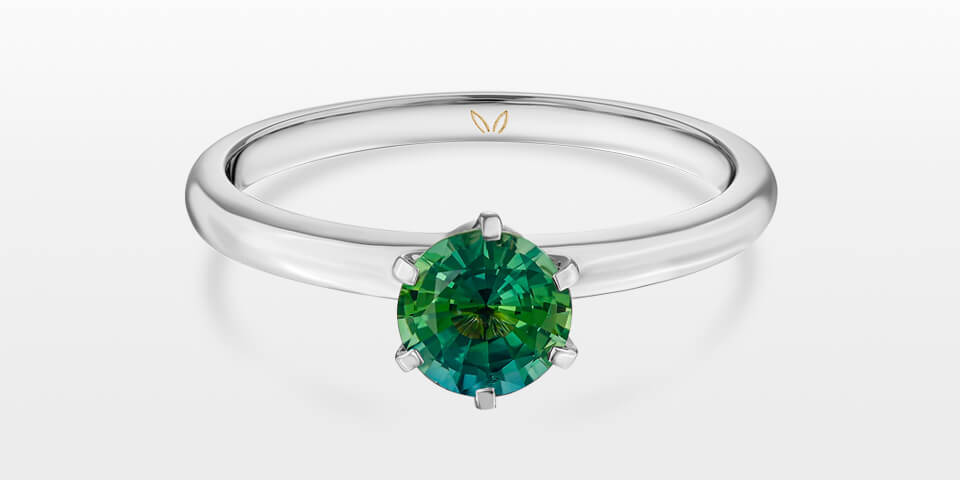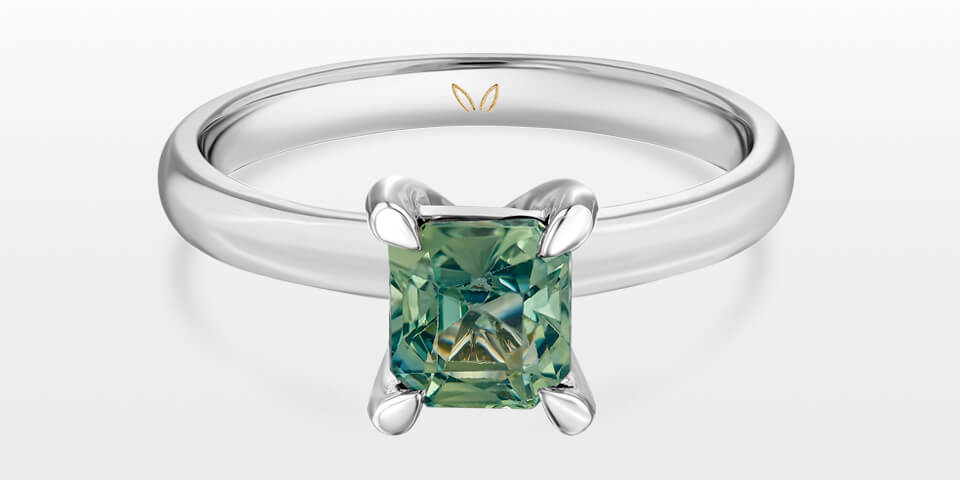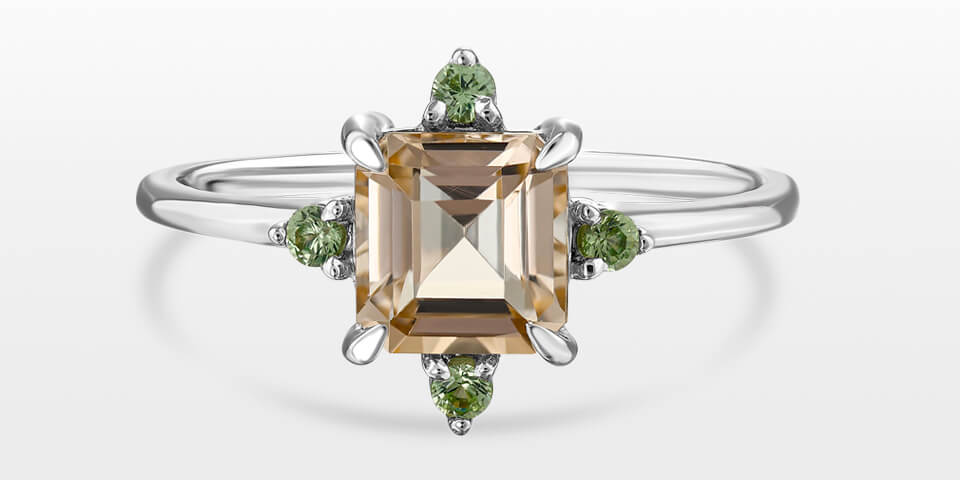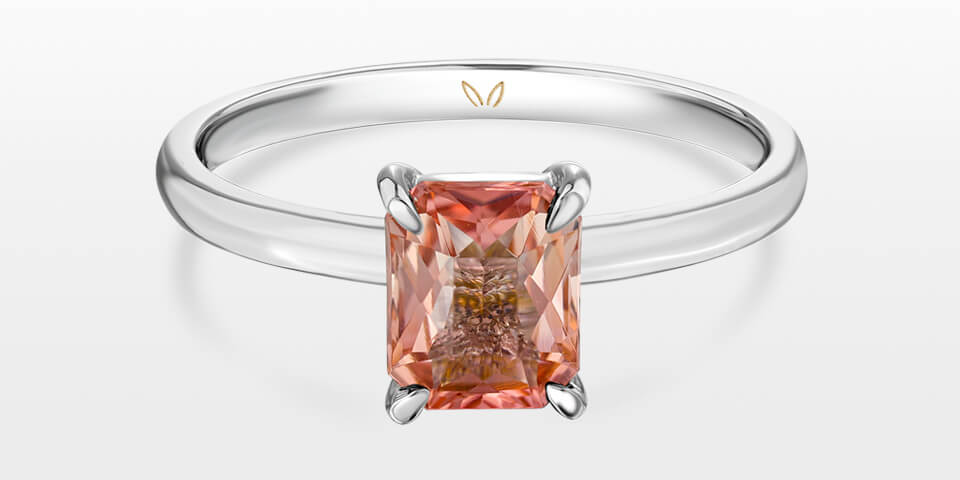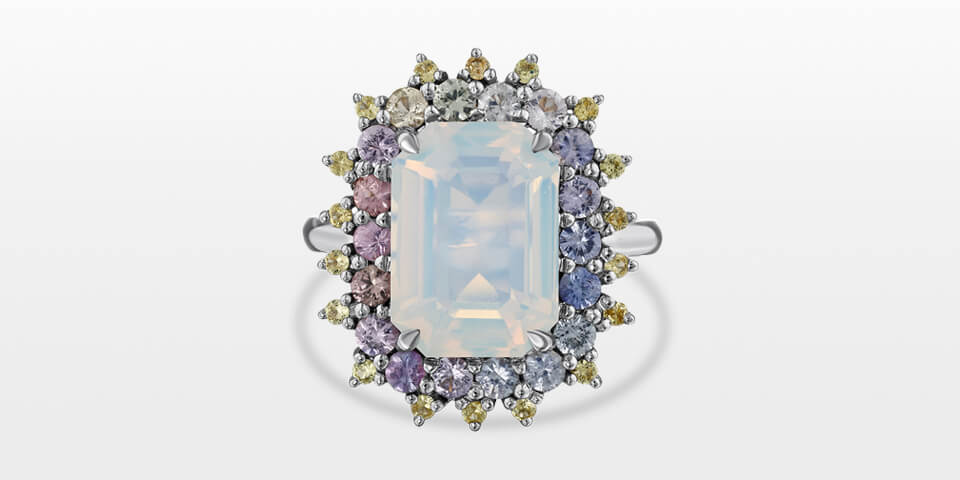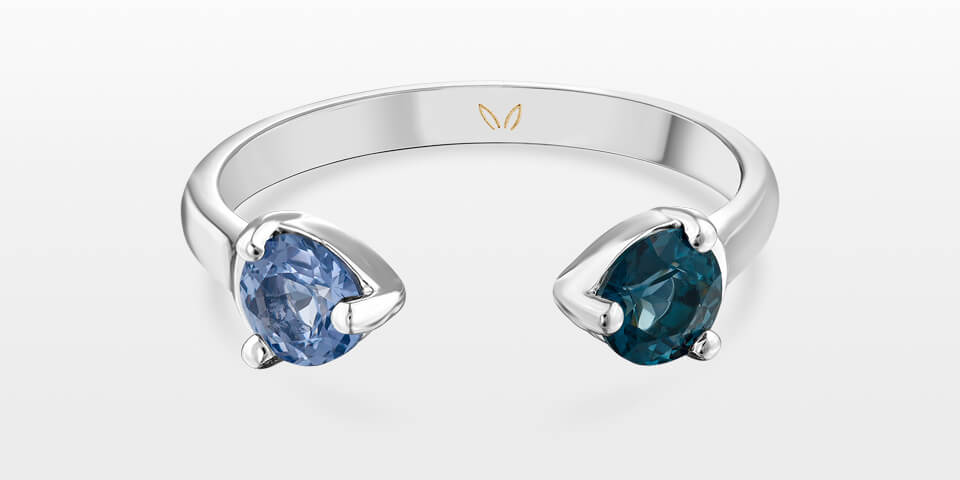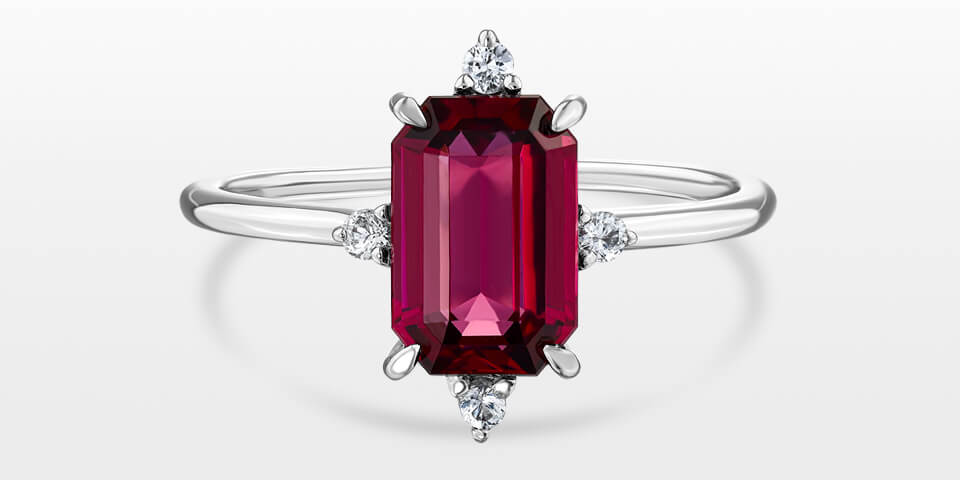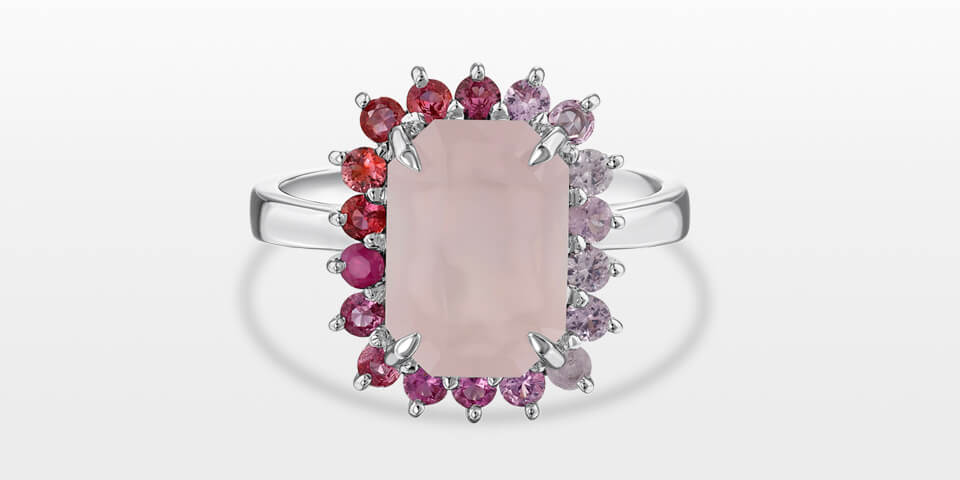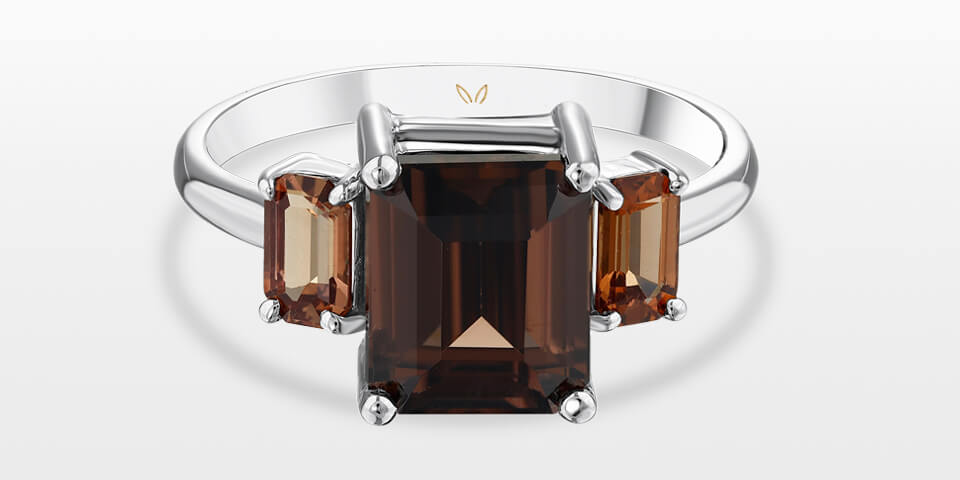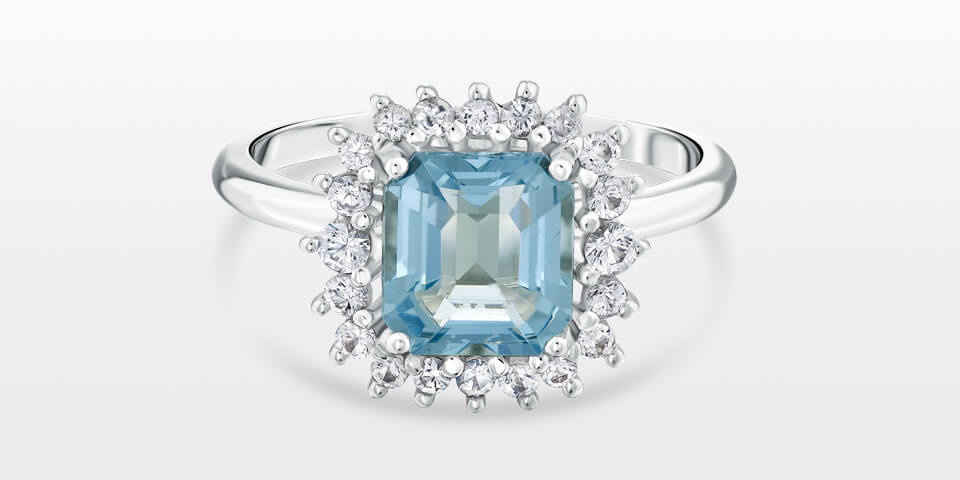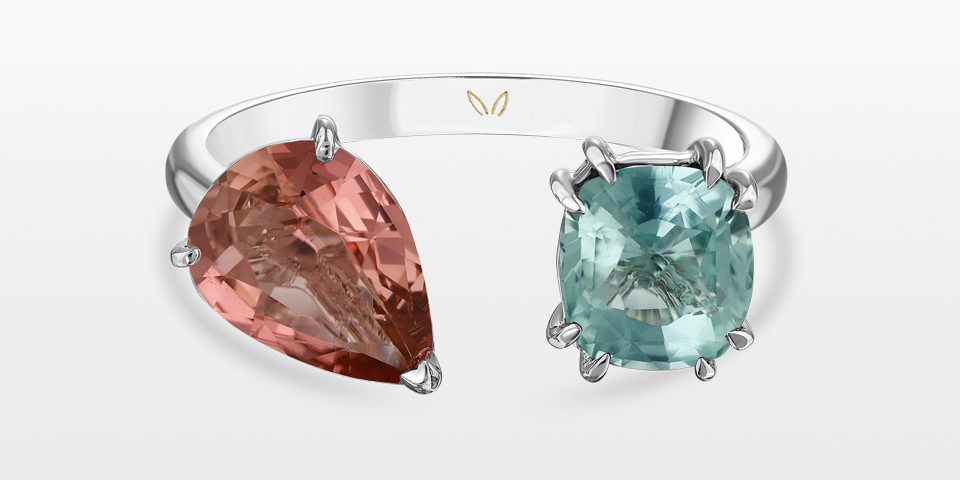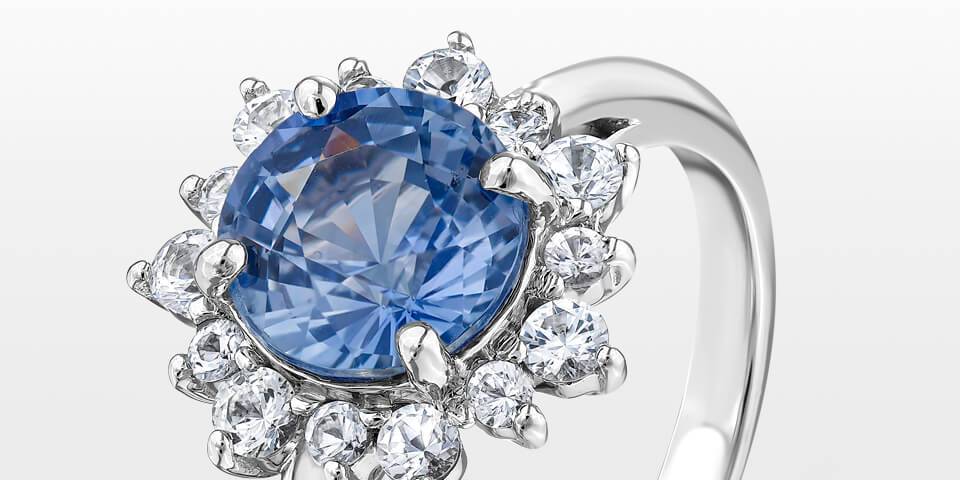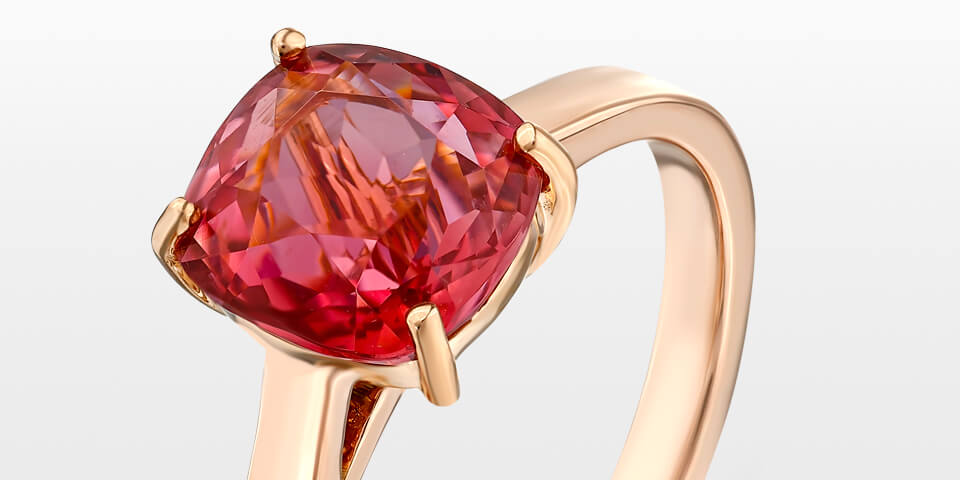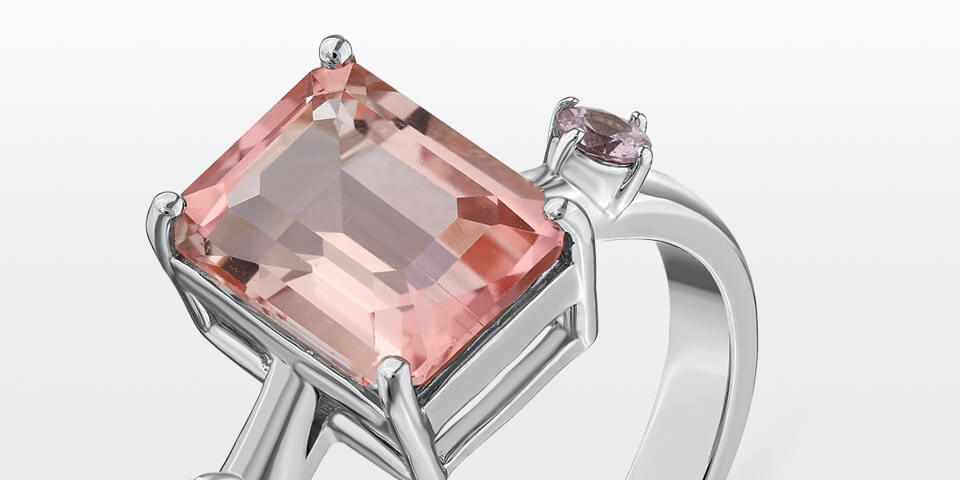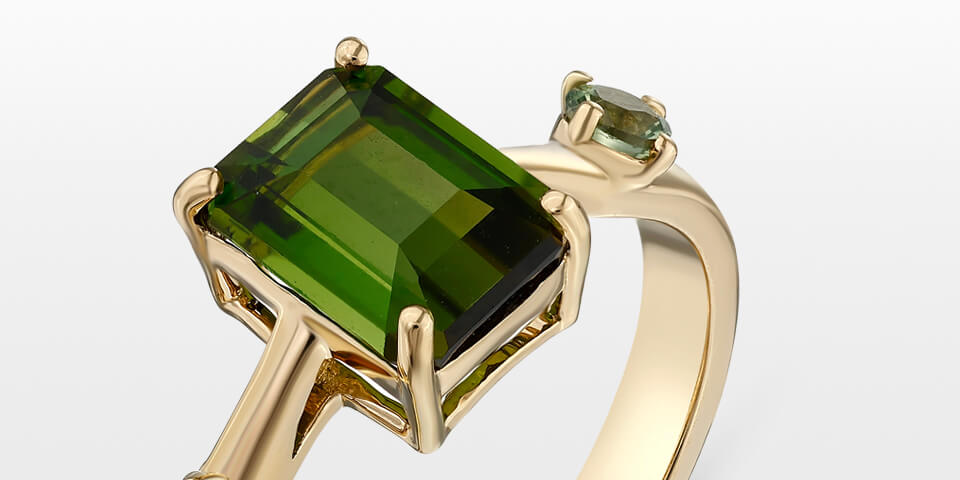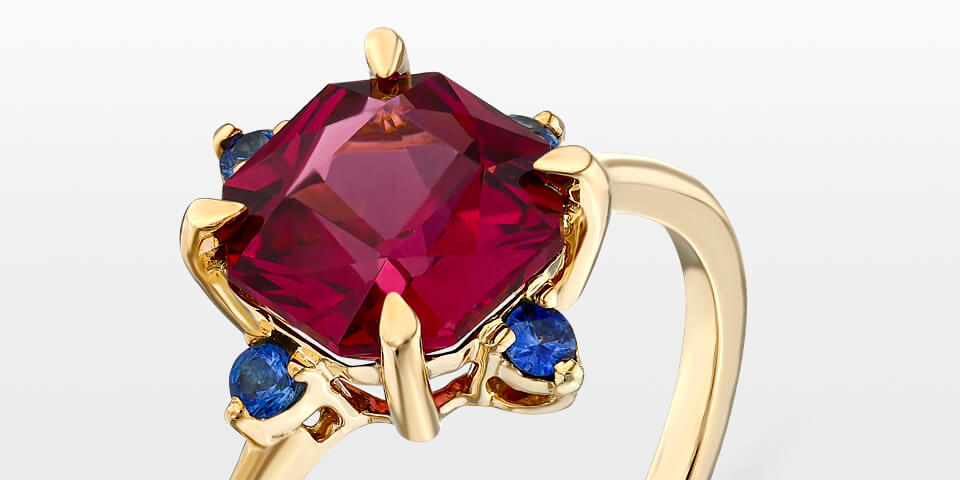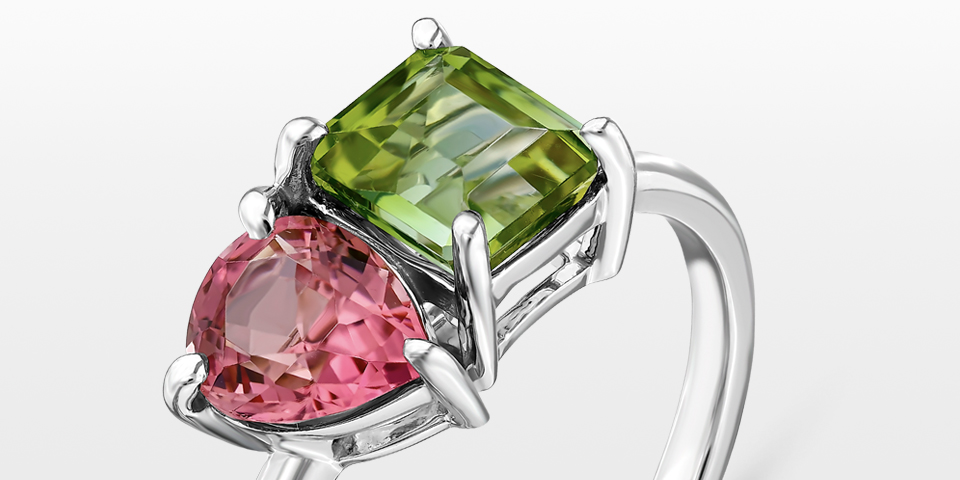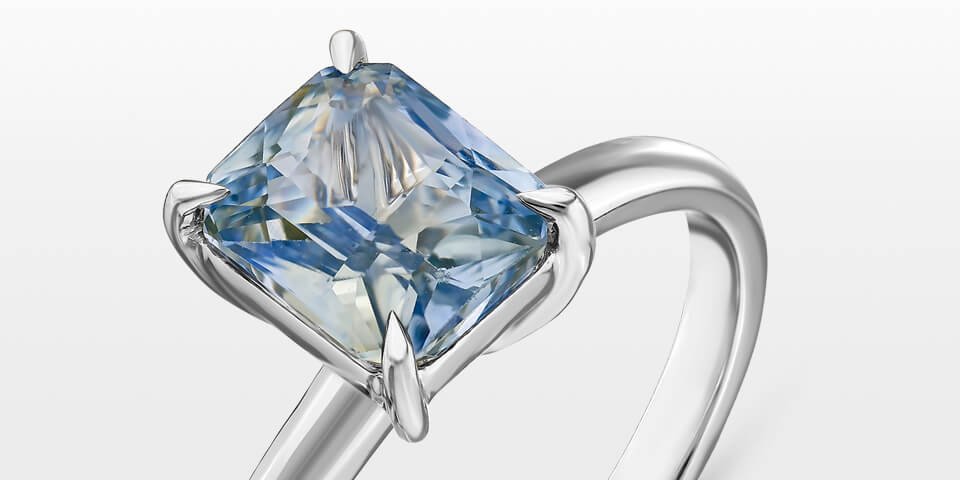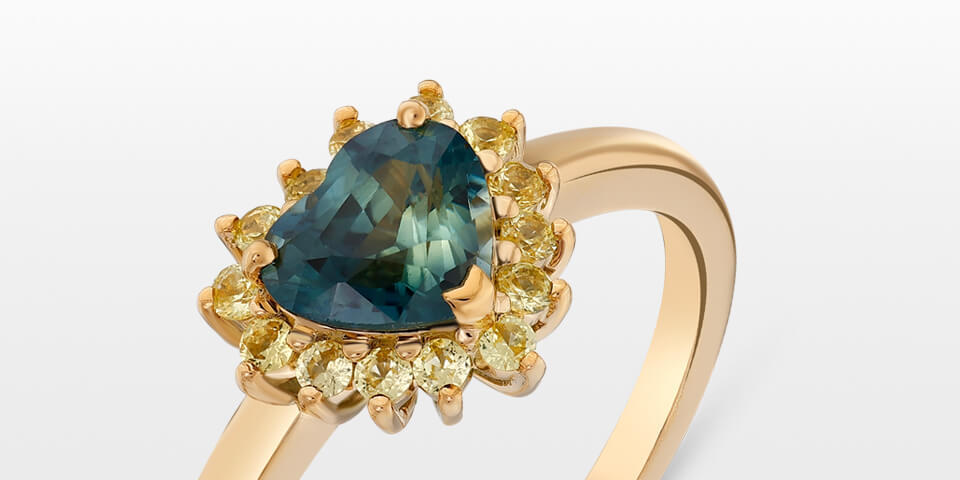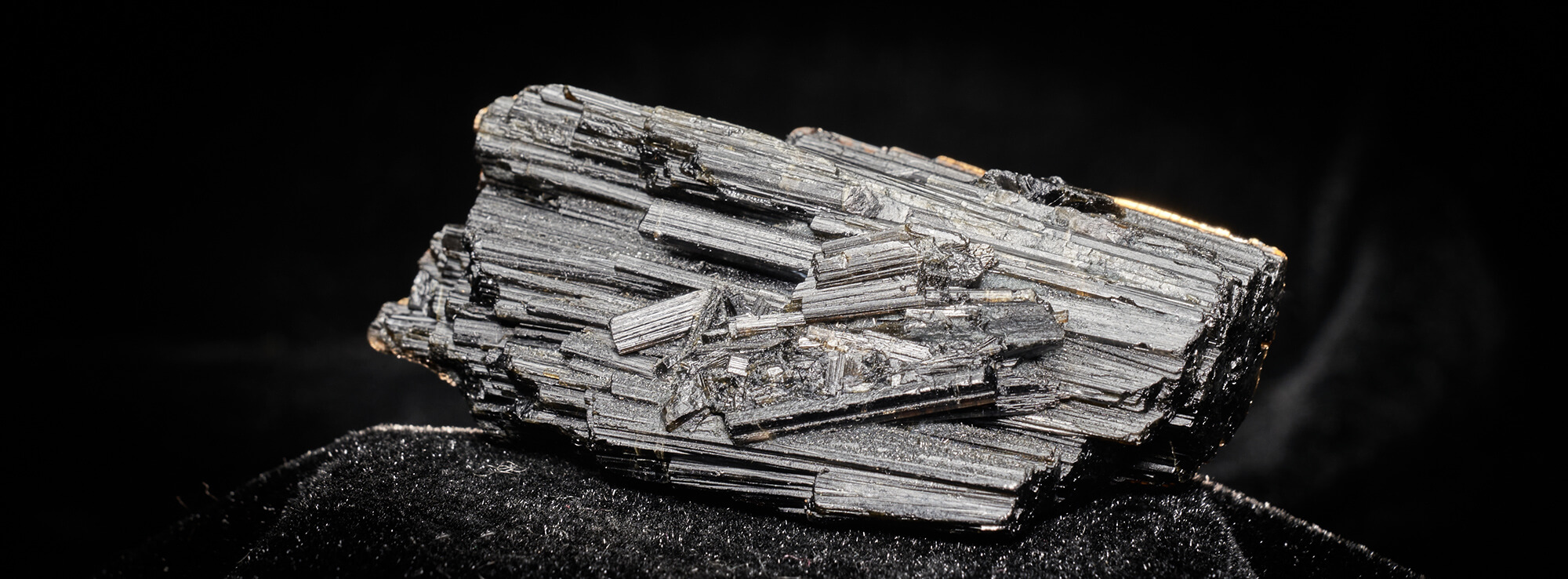
Prismatic
The length of a prismatic crystal will often be several times longer than the diameter, forming long, pencil-like shapes. Aquamarine is one example of a prismatic crystal with very regular, flat, rectangular faces. Other minerals, like tourmaline, have the ability to have their rectangular faces curved, creating a cross section with curved edges.
Acicular
When crystals are thin and needle-like, they are referred to as acicular. There aren't many gemstones cut from acicular crystals in general, but they take on a fibrous form when the needles are parallel and compact. These forms include tiger eye and satin spar.
Dendritic
Aggregates of tiny crystals take on the shape of thin, divergent, almost plant-like branches in the dendritic crystal habit. These are especially prevalent in gold, silver, and copper. Chalcedony can occasionally be penetrated by iron and manganese oxide dendrites, creating dendritic agate. Stock Photo ID: 186971057
Botryoidal
Botryoidal minerals aggregate into globular structures that frequently have the shape of clusters of grapes. Minerals that are found in botryoidal form include hematite, chalcedony, and malachite. Bull's-eye patterns can be seen when malachite is cut and polished across its rounded masses.

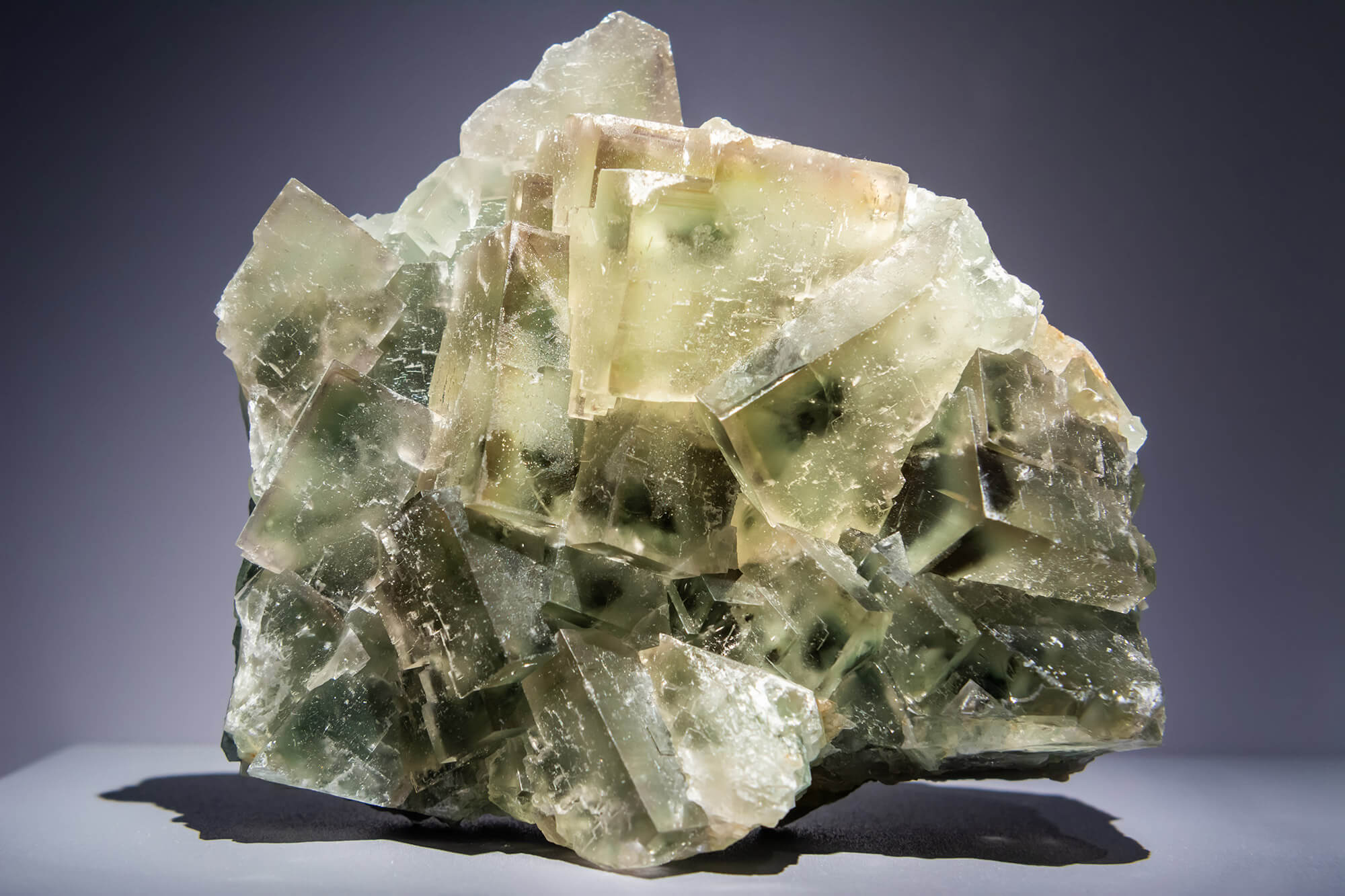
Massive
When a mineral is made up of many small crystals that cannot be seen individually, it is referred to as being massive. Other gem materials only exist in massive form; many gem minerals have their massive counterparts. Massive minerals are carved or cut into as cabochons and are opaque or, at best, translucent.
